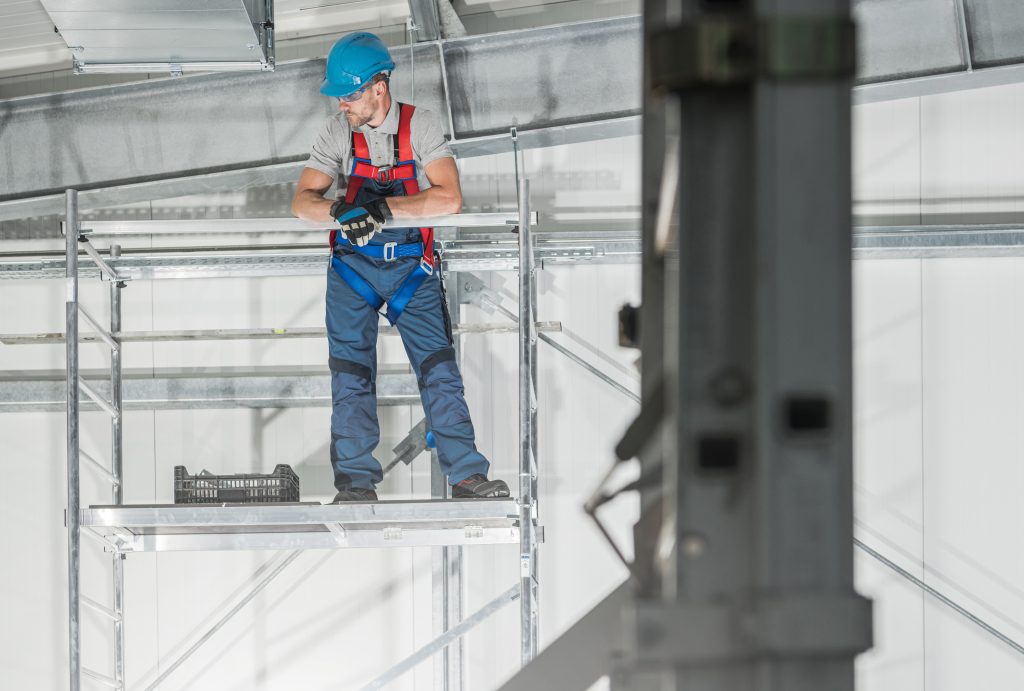The Building Engineering Services Association (BESA) DW 143 Guide to Good Practice – Ductwork Air Leakage Testing provides allowable leakage rates for low, medium and high-class ductwork systems. High-sensitivity ductwork pressure testing equipment allows for the testing of all ductwork classes.
Tests are performed by dividing the ductwork into manageable test sections. Each of these test sections is then blocked off using reusable blocking materials. Each test section will be placed under pressure as specified in DW143. The results will be calculated and witnessed by the client, ready for signing off. Test documentation will be compiled featuring the test calculations and equipment calibration certificates.
As the pressure inside the ducts reaches a specific level, a measurement of the airflow required to keep the pressure at that level will be taken. The pressure will be easier to maintain in ducts that are well-sealed. The more air that is leaking from the ducts, the more the fan will need to work to push air into them to maintain steady pressure. If a pressure test locates significant leakage at the ducts, further tests will be performed to identify their exact location.


